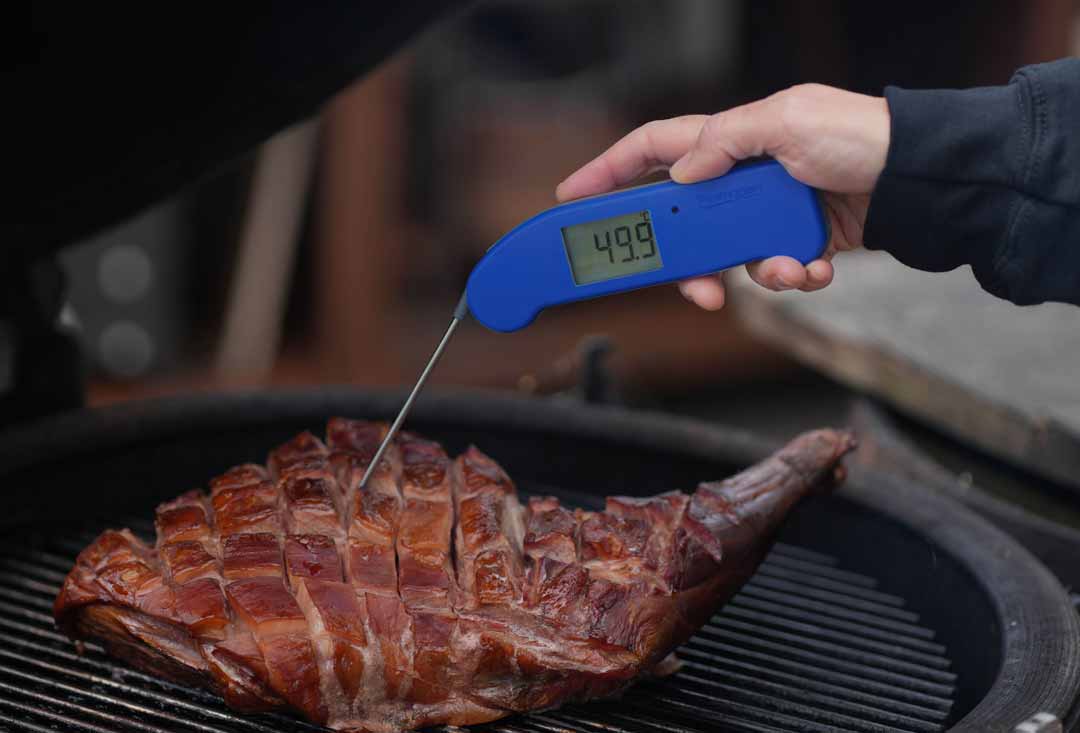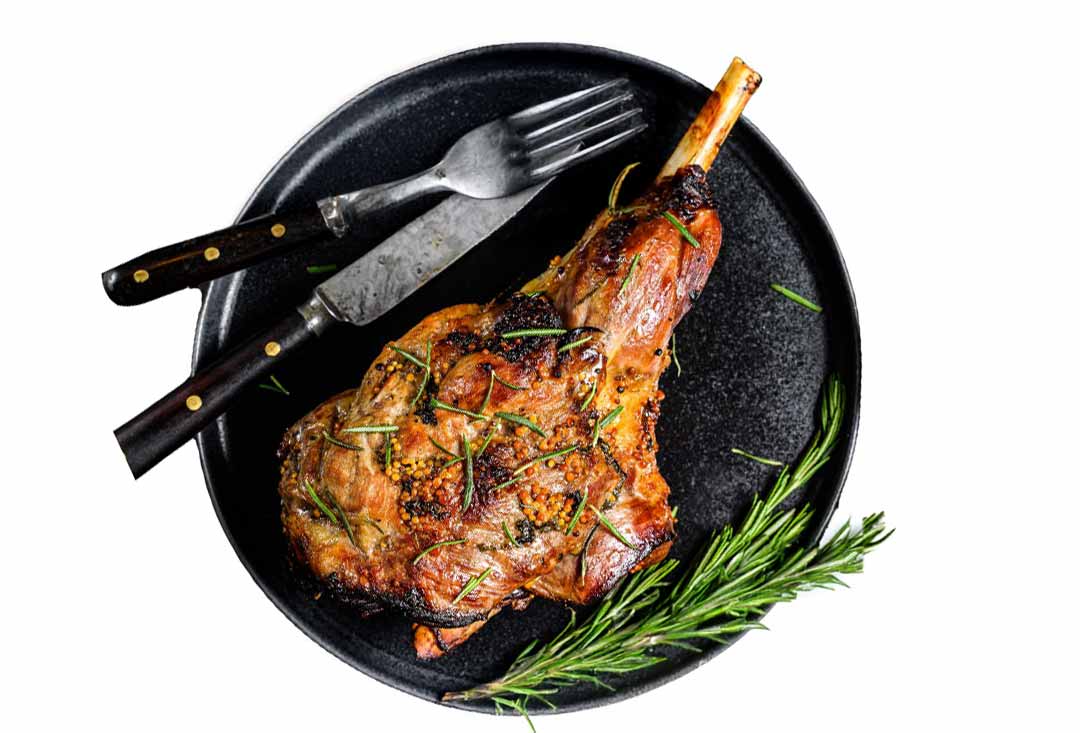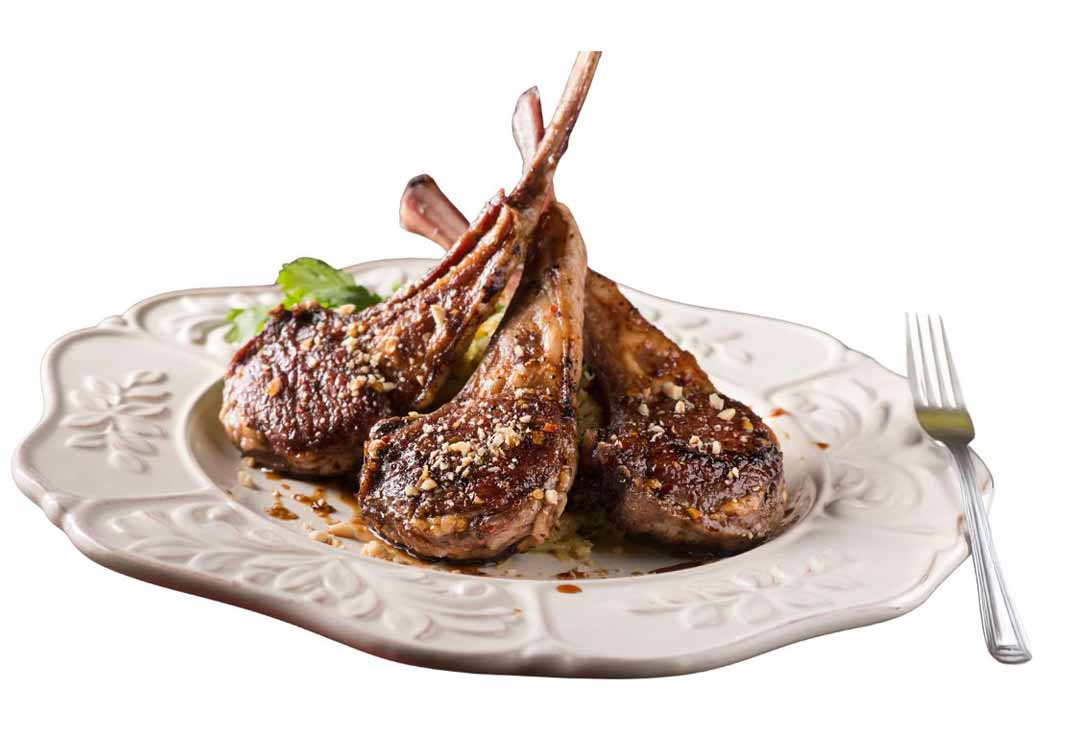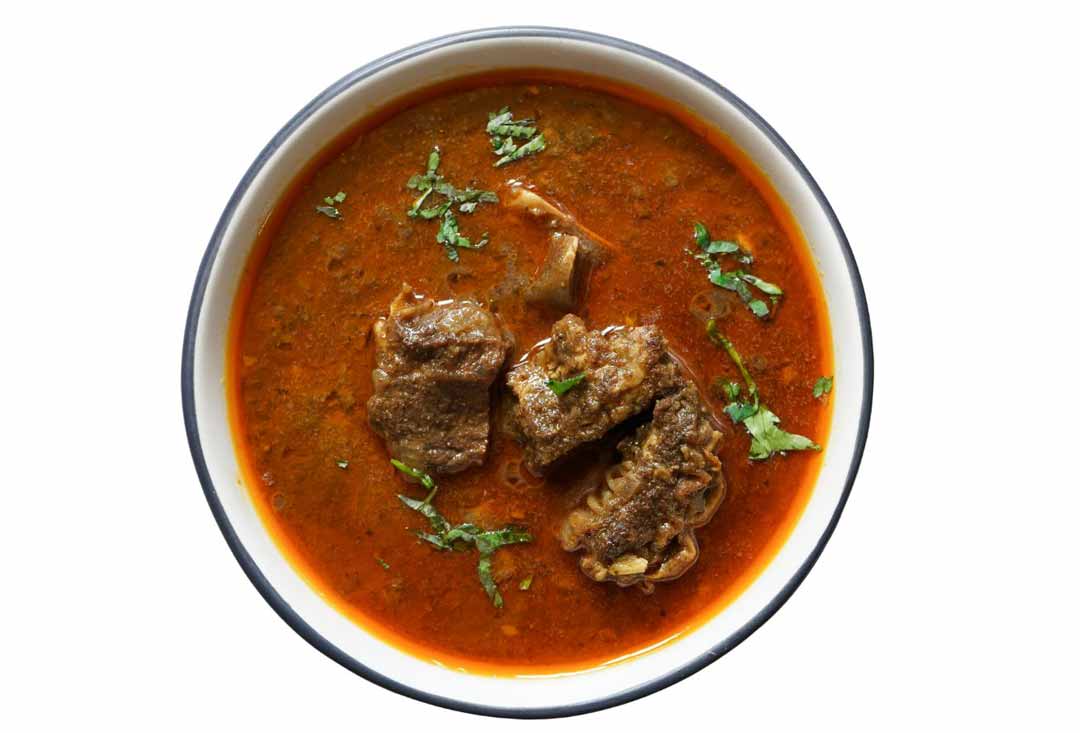The easiest way to know when lamb is cooked is to measure the internal temperature using a meat thermometer.
The cooked temperature for lamb depends on the cut and how you like it. Like beef, lamb can be cooked rare (52 °C), medium (60 °C) or well done (71 °C).

Though it has a little fat and marbling, lamb leg is a leaner cut, which means it will dry out at higher temperatures. You can cook it to your preference—rare (52 °C), medium (60 °C), or well done (71 °C). For best results, we recommend serving it medium rare (56 °C) to medium (60 °C).


Lamb chops are lean with some fat on the outside. This means they're best served pink and juicy—but with a good sear to get the fat to render and crisp.
You can cook lamb chops to your preference (52 °C for rare, 60 °C for medium, or 71 °C for well done). The best temperature for lamb chops is 56-60 °C for medium rare to medium. Again, chops will rise a few degrees as they rest, so don't forget to remove them a little early.
Lamb shoulder is a fatty cut, which means it's best for slowly bringing up to a higher temperature; then it will fall apart and be melt-in-the-mouth tender.
The slow cooked lamb temperature for fatty cuts like lamb shoulder is 85-90°C. Once they hit this number, you can be sure the fat will have rendered and they'll be perfectly tender.
For minced lamb like koftas or lamb burgers, the temperature should reach 71 °C. You should always cook diced and minced meat through thoroughly for food safety.
For juicy lamb steaks, we recommend cooking them medium rare. The temperature for medium rare lamb steaks is 56 °C.
If want to know how to cook lamb steaks so they are tender, here are a few tips to help:
Choose loin or lamb leg steaks, they're more tender than shoulder or neck.
Cook them hot and fast in a pan—they only need a few minutes each side.
Remove from the heat a few degrees early—the temperature will rise as they rest.
Make sure to rest for 5-10 minutes before slicing, otherwise you'll loose precious juices.
| Lamb Doneness | Pull Temperature (remove from the heat) |
Final Temperature (peak temperature as it rests) |
|---|---|---|
| Rare | 42-50 ℃ (118-122 ℉) | 52 ℃ (126 ℉) |
| Medium rare | 46-54 ℃ (126-129 ℉) | 56 ℃ (132 ℉) |
| Medium | 50-58 ℃ (132-136 ℉) | 60 ℃ (140 ℉) |
| Medium well | 55-63 ℃ (142-145 ℉) | 65 ℃ (149 ℉) |
| Well done | 61-69 ℃ (153-156 ℉) | 71 ℃ (160 ℉) |

Yes, you can reheat lamb. To reheat cooked lamb safely, cool it quickly and place in the fridge or freezer within two hours. Only reheat it once, and make sure it reaches an internal temperature of 74 °C. Reheating the lamb slowly, covering with foil, and adding gravy or broth during cooking will prevent it from drying out.
Track the temperature of your lamb as it cooks using RFX MEAT. Perfect for roasting or smoking large cuts like legs and shoulders, you can leave your cook and monitor the progress from your phone or tablet. With no wires, it's also great for pan-frying and searing with freedom.
The DOT alarm thermometer is the simplest way to monitor your lamb as it cooks and get an alert when it's done. Great for roasting lamb legs or shoulders in the oven or on the BBQ. Simply insert the probe, program your temperature using the up/down arrows, and the alarm will sound when it's cooked.
The Thermapen is the essential thermometer for any meat. With one-second readings, it's perfect for small, quick cooks like chops, steaks and cutlets, as well as spot-checking bigger joints like legs to make sure they're perfectly done all the way through.
We use third-party cookies to enhance your browsing experience, analyze site traffic, provide live chat and personalise content in accordance with our Privacy Policy.